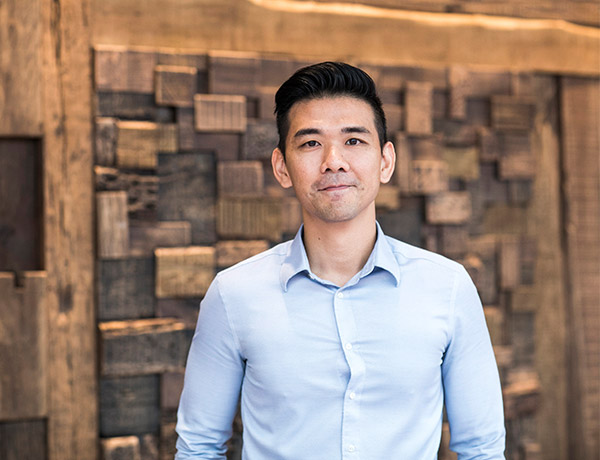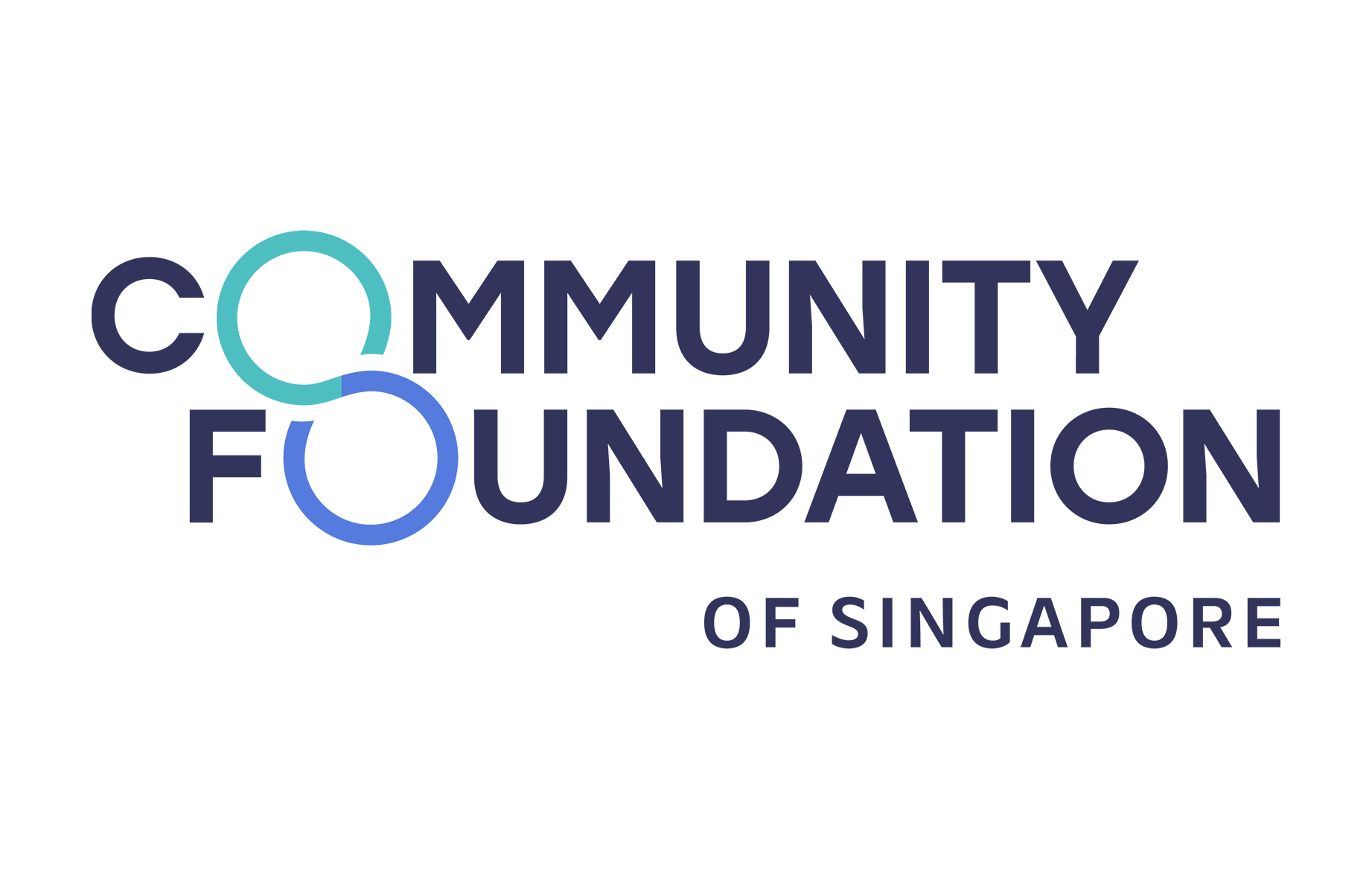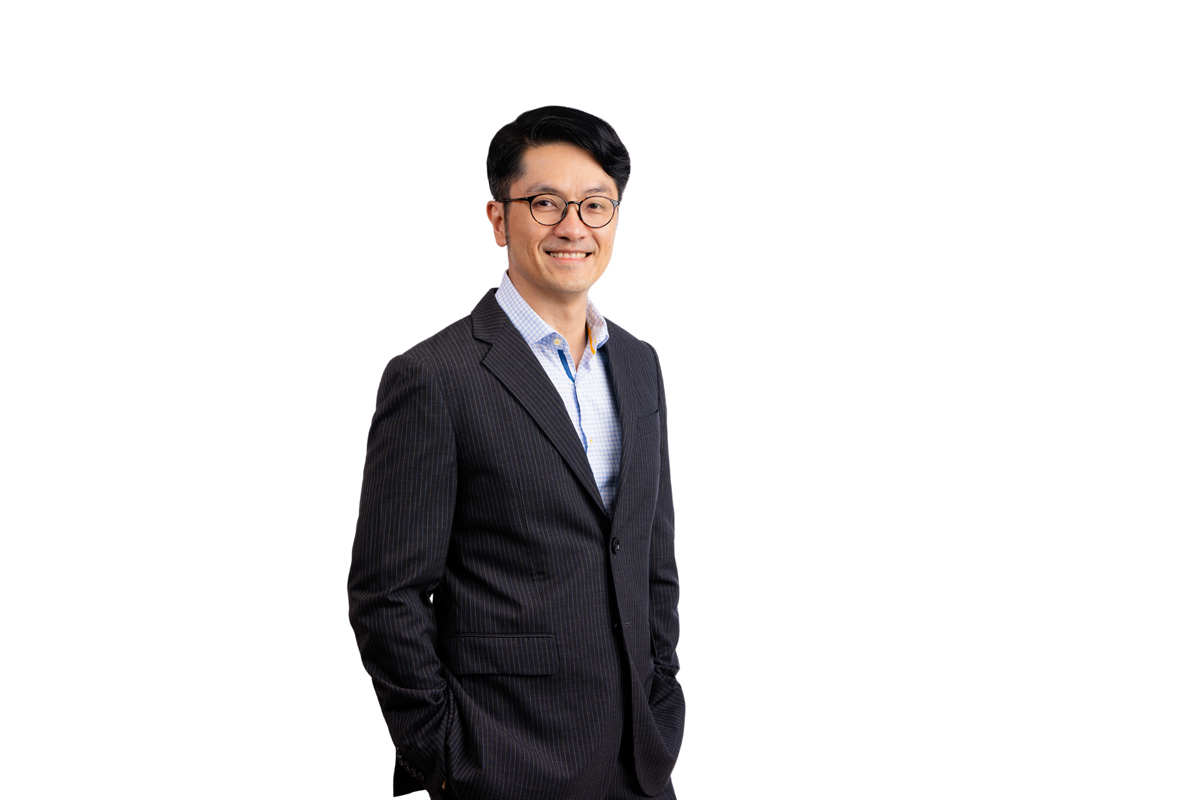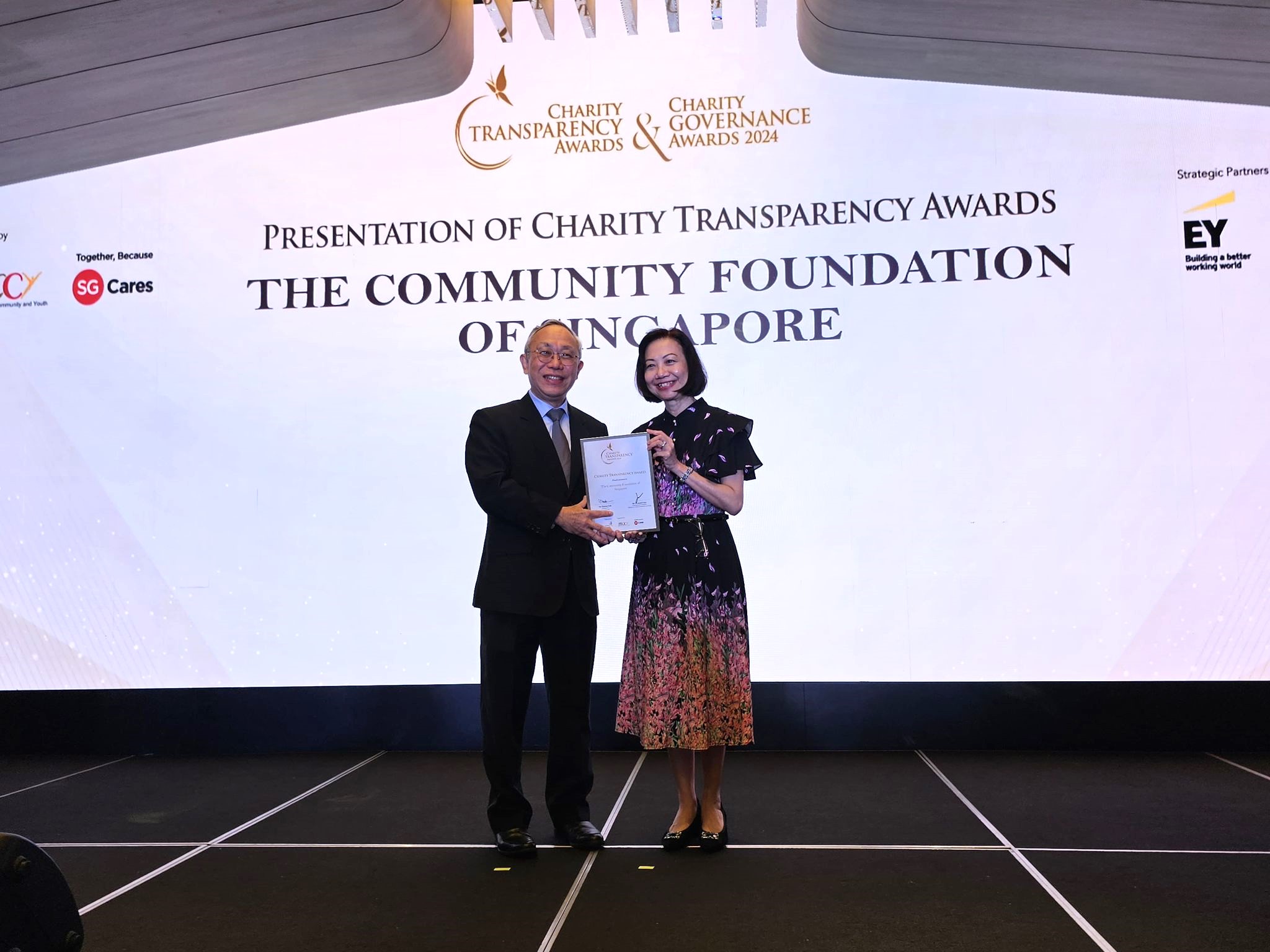Including the Excluded: Everyone Plays a Part


Through working and volunteering in the non-profit sector, I often meet people living in dire circumstances. I vividly remember one incident while distributing breakfast to families living in public rental units. Speaking in simple English, the mother thanked us profusely for the warm porridge and noodles – generously contributed by a donor – so the money saved could go towards their monthly transport.
Giving goes a long way. But recognising and acknowledging the realities of those in need may be just as important.
Speaking after the association’s annual general meeting at Kallang Netball Centre on Friday, Liang-Lin, a fund manager for a US$7 billion (S$9.5 billion) firm focused on green real estate investments in Asia, hopes to bring her expertise to the table and increase the amount of financial support for Singapore netball during her four-year term.
Look around the world and it is not hard to see how the unmet needs of marginalised groups can lead to tension and ruptures in the social fabric. In Singapore, social exclusion and by default, inclusion, has become a hot subject – not the least because of our incredibly diverse society, aging population and the widening inequality.
Responding to these challenges require us to think more deeply and tangibly about the ways we respond to the disenfranchised. I believe developing empathy and simply taking time to understand the challenges of others, will play a critical first step.
I was encouraged to see in a 2016 study of Singaporeans’ attitudes towards social inclusion, that many saw the importance of ‘celebrating diversity’ and making a greater effort to understand vulnerable groups; be it the disabled, the mentally ill, migrant workers or disadvantaged households. The message is clear: we all play a part in making Singapore more inclusive.
At the Community Foundation of Singapore (CFS), it is our mission to identify underserved needs – and then empower donors to give meaningfully to meet them. In this issue of Change Matters, I’m happy to share several developments that will enable you to contribute to a wide range of social causes.
You might have seen the recent news about the launch of the LIFT (Learning Initiatives for Employment) Community Impact Fund. LIFT supports programmes that provide vocational training, social support and suitable job placements in the open market for disadvantaged persons. Through LIFT, you’ll be able to help people with disabilities, persons recovering from mental illnesses, disadvantaged women and youth-at-risk to make a better life.
We also highlight the incredible dedication of HOME (or the Humanitarian Organisation for Migration Economics). Amidst the challenges, HOME has steadfastly championed the well-being of migrant workers in Singapore over the last decade. Learn about how your support to CFS’s Migrants Emergency Assistance and Support (MEANS) Fund helps HOME provide vital financial assistance in a migrant worker’s time of crisis.
With your continued support, I believe we can help to foster a sense of belonging and empathy towards those who have less, enabling them greater opportunities to participate meaningfully in our society.
Joseph Lua
Assistant Director
Community Foundation of Singapore
Through working and volunteering in the non-profit sector, I often meet people living in dire circumstances. I vividly remember one incident while distributing breakfast to families living in public rental units. Speaking in simple English, the mother thanked us profusely for the warm porridge and noodles – generously contributed by a donor – so the money saved could go towards their monthly transport.
Giving goes a long way. But recognising and acknowledging the realities of those in need may be just as important.
Speaking after the association’s annual general meeting at Kallang Netball Centre on Friday, Liang-Lin, a fund manager for a US$7 billion (S$9.5 billion) firm focused on green real estate investments in Asia, hopes to bring her expertise to the table and increase the amount of financial support for Singapore netball during her four-year term.
Look around the world and it is not hard to see how the unmet needs of marginalised groups can lead to tension and ruptures in the social fabric. In Singapore, social exclusion and by default, inclusion, has become a hot subject – not the least because of our incredibly diverse society, aging population and the widening inequality.
Responding to these challenges require us to think more deeply and tangibly about the ways we respond to the disenfranchised. I believe developing empathy and simply taking time to understand the challenges of others, will play a critical first step.
I was encouraged to see in a 2016 study of Singaporeans’ attitudes towards social inclusion, that many saw the importance of ‘celebrating diversity’ and making a greater effort to understand vulnerable groups; be it the disabled, the mentally ill, migrant workers or disadvantaged households. The message is clear: we all play a part in making Singapore more inclusive.
At the Community Foundation of Singapore (CFS), it is our mission to identify underserved needs – and then empower donors to give meaningfully to meet them. In this issue of Change Matters, I’m happy to share several developments that will enable you to contribute to a wide range of social causes.
You might have seen the recent news about the launch of the LIFT (Learning Initiatives for Employment) Community Impact Fund. LIFT supports programmes that provide vocational training, social support and suitable job placements in the open market for disadvantaged persons. Through LIFT, you’ll be able to help people with disabilities, persons recovering from mental illnesses, disadvantaged women and youth-at-risk to make a better life.
We also highlight the incredible dedication of HOME (or the Humanitarian Organisation for Migration Economics). Amidst the challenges, HOME has steadfastly championed the well-being of migrant workers in Singapore over the last decade. Learn about how your support to CFS’s Migrants Emergency Assistance and Support (MEANS) Fund helps HOME provide vital financial assistance in a migrant worker’s time of crisis.
With your continued support, I believe we can help to foster a sense of belonging and empathy towards those who have less, enabling them greater opportunities to participate meaningfully in our society.
Joseph Lua
Assistant Director
Community Foundation of Singapore
- Related Topics For You: CHARITY STORIES, COMMUNITY IMPACT FUND, DONOR STORIES, FAMILIES, IMPROVING EMPLOYABILITY, INCLUSIVITY & INTEGRATION, LEARNING INITIATIVES FOR EMPLOYMENT, MENTAL WELLBEING, MIGRANTS EMERGENCY ASSISTANCE AND SUPPORT, NEWS, OPINION, PERSONS WITH DISABILITIES, SENIORS, STORIES OF IMPACT, YOUTH



